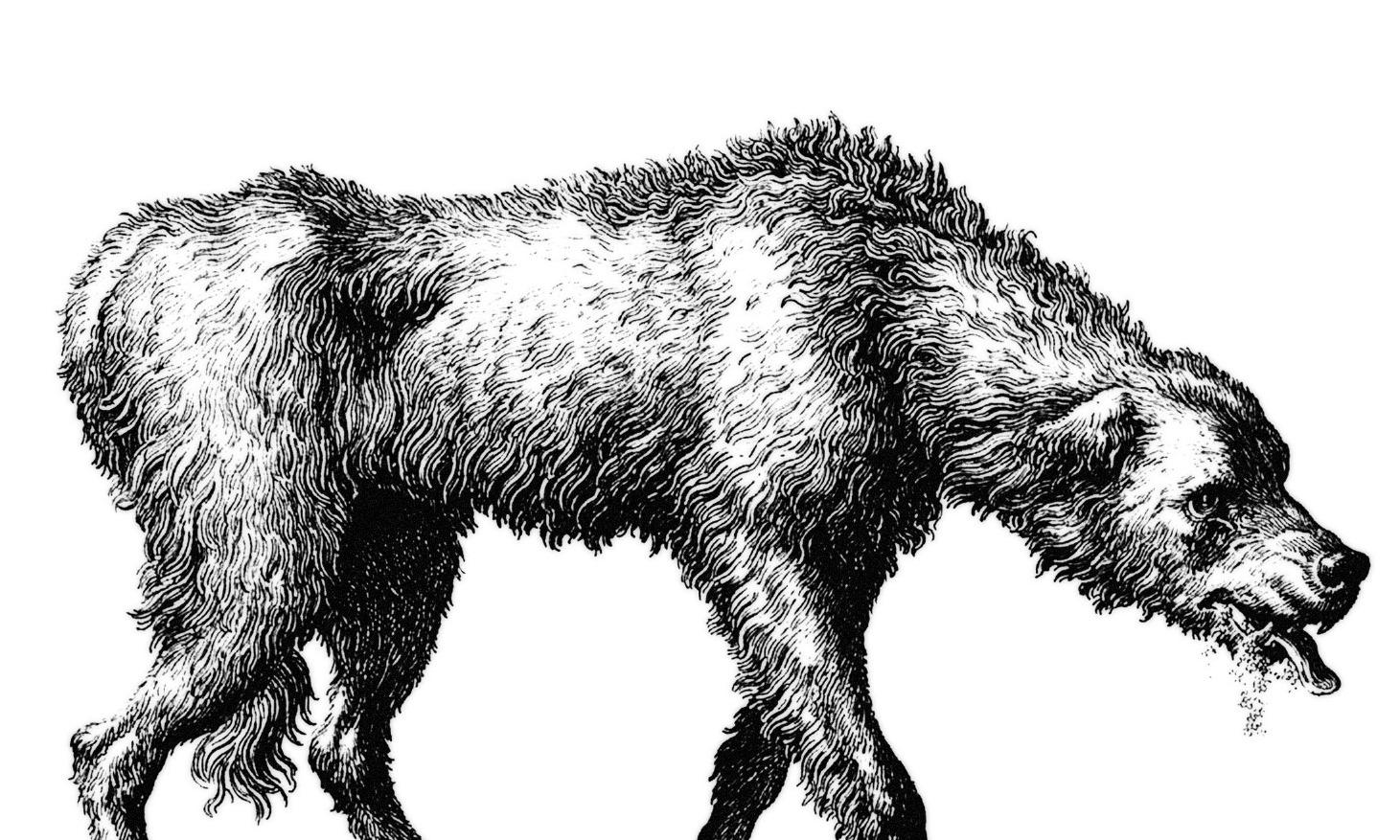Does Your Zombie Have Rabies?
A detail of the cover of “Rabid: A Cultural History of the World’s Most Diabolical Virus”
Long before science explained rabies, the virus showed up in folklore and literature. “The vampire myth, the werewolf myth, and the zombie myth are all saliva-born infections that manifest as a contagious animal essence,” journalist Bill Wasik tells Kurt Andersen. “Rabies is the only thing in nature that really acts that way.”
Wasik and co-author Monica Murphy, a public health veterinarian, trace our responses to rabies over millennia in“Rabid: A Cultural History of the World’s Most Diabolical Virus.”They note that Homer used the medical term for rabies to describe animalistic rage on the battlefield, and that old Eastern European legends of vampires became more contagious, more animal-like, in the modern novels that first appeared in England.
In“To Kill a Mockingbird,”rabies is used as a metaphor for the racist rage simmering in town. When Atticus Finch has to shoot down the rabid dog, he is “the hero as a tamer of animal instincts,” Wasik says. “It’s the ultimate mark of the civilized person that you stare the rabid things of the world in the eye and do what has to be done.”
